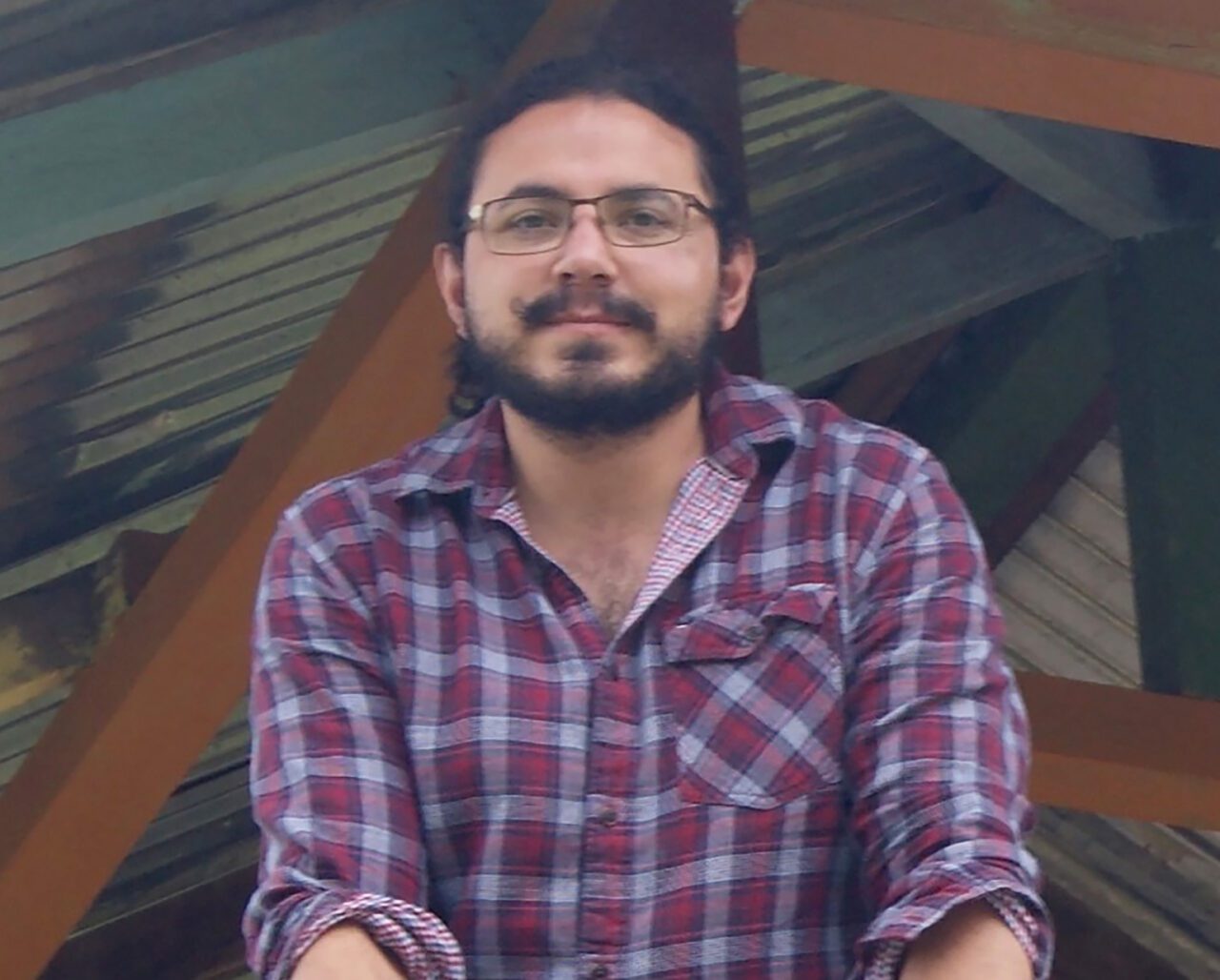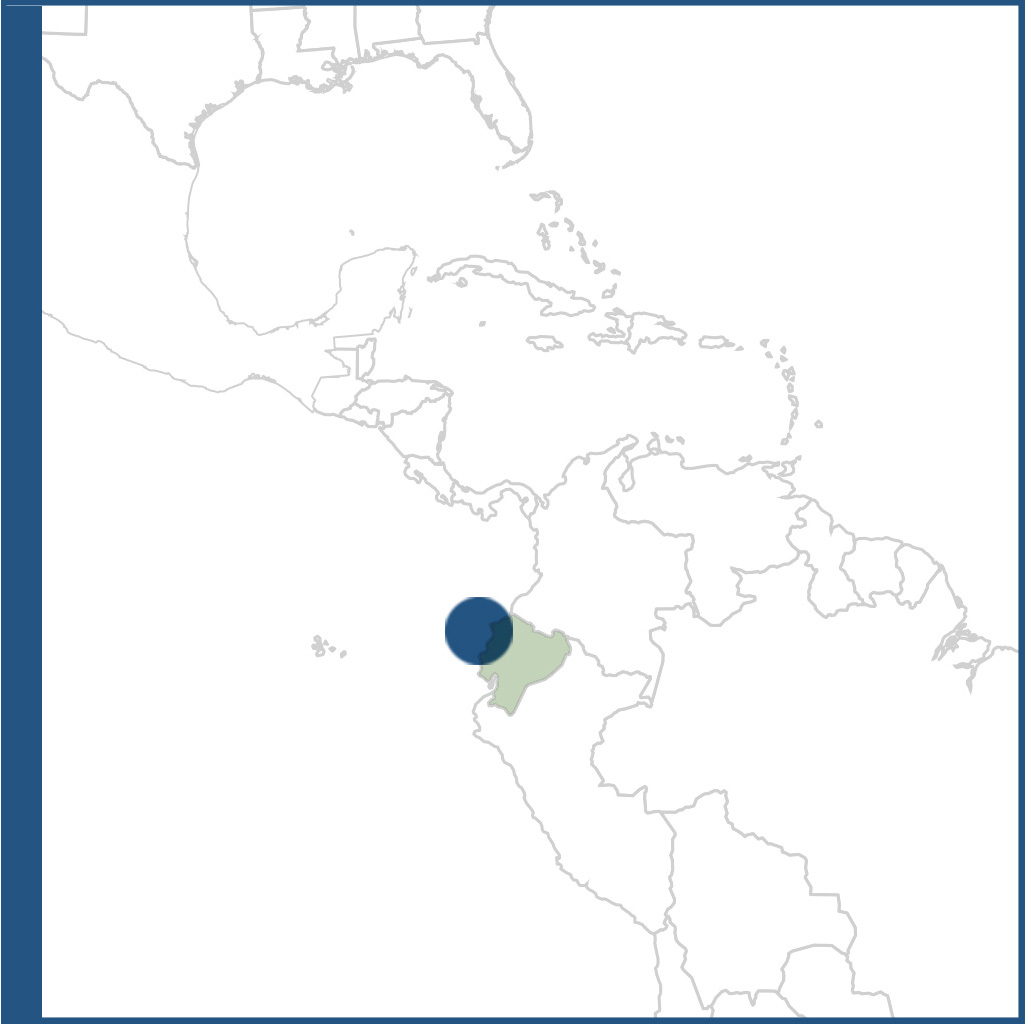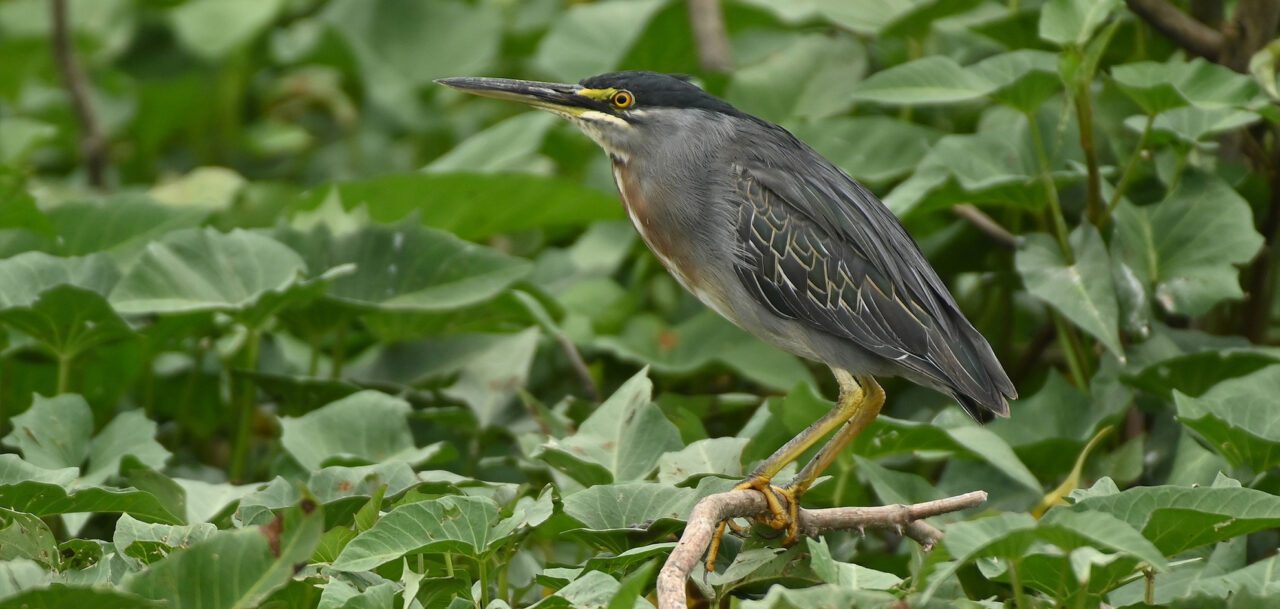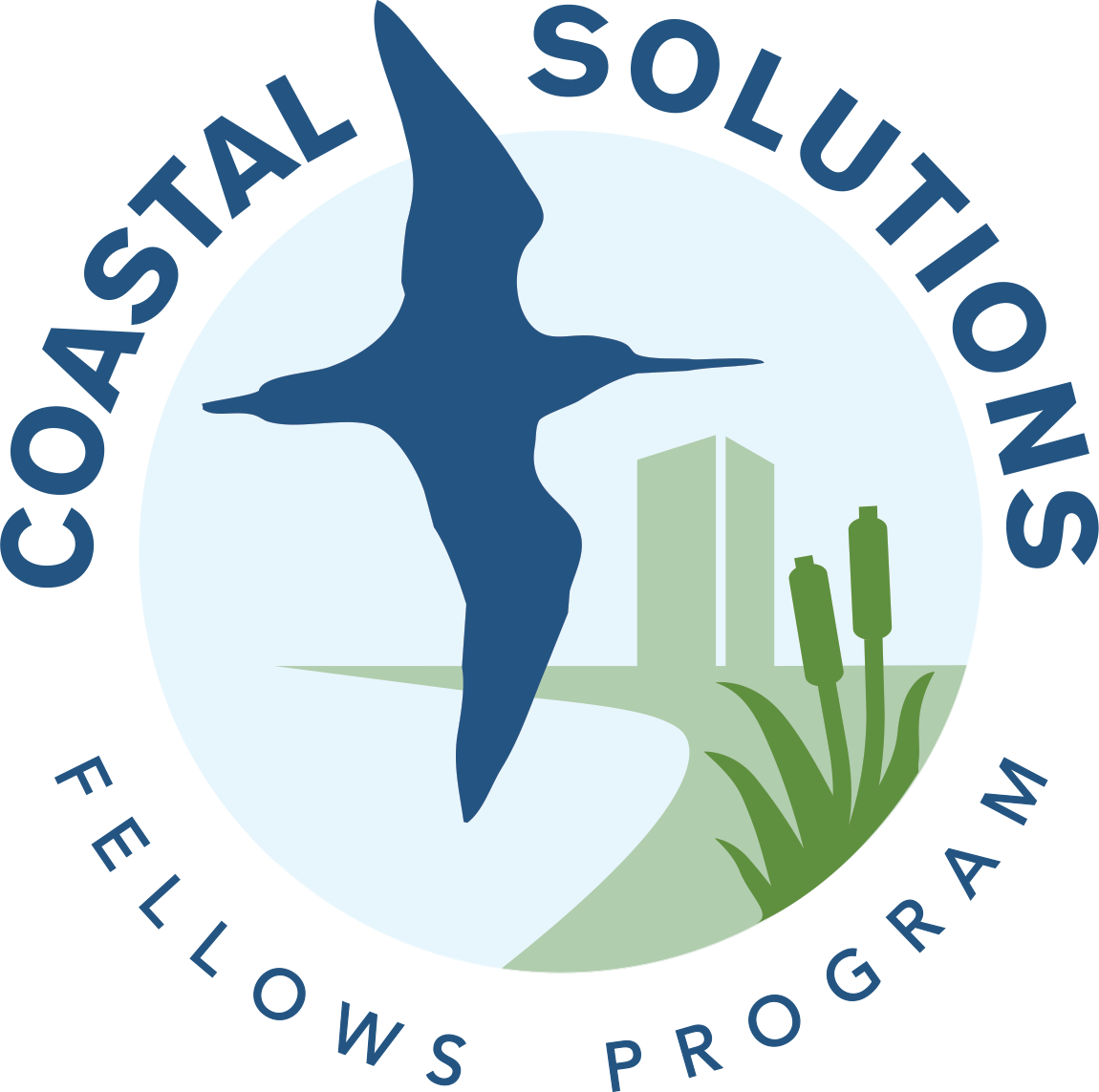Enrique Fornasini

Improving the resiliency of the socio-ecological system of La Segua
Project Site: La Segua, Ecuador
Sector: NGO
Disciplines: Landscape Architecture, Restoration Ecology, Community Development
Collaborators: Ecotourism Association of La Segua (ASOHumedal), Aves & Conservación, BirdLife International, Fundación Ceiba, Municipality of Chone, Municipality of San Antonio.
Enrique studied architecture, a profession that would allow him to access his two passions: art through representation and the study of nature through landscaping. He is a past exhibitor for the Birds for Quito Foundation at the Water Museum, where he showcased the relationships between birds and city. In 2011 he was part of the Venice Biennale, which led led him to be part of the Green Architecture workshops organized by the Vienna University of Technology in 2014, and Urban Planning in Barcelona with professors from the Polytechnic University of Catalonia in 2016. During this time, he also became certified in permaculture.
In his professional field, most of his projects emphasize the possibilities of a place, with special attention on the landscape and ecological aspects. This has included the design of parks in semi-rural areas, residential projects with the use of resistant materials such as adobe, and native vegetation gardens. He has been involved in the design of various parks in Quito, his hometown, learning to incorporate green spaces, nature, and well-being into these important areas.
Enrique’s Coastal Solutions Program project is based in La Segua, Ecuador, where he will be working alongside 2021 fellow Eliana Montenegro. La Segua is a Wetland of International Importance (Ramsar Site) in the northwestern region of Ecuador and is a priority site for the Pacific Flyway of the Americas in central South America. Despite its designation, the site does not have any protection from the national government. The previous CSF project in La Segua generated critical information to understand the threats and the socio-economic dynamics in the region, to help guide new conservation strategies to guarantee the resiliency of this wetland in the long-term.

This new project will build upon these results, with multidisciplinary approaches for bird conservation, while also improving the livelihoods of the local inhabitants. A key to this project is to continue the implementation of conservation easements with local shrimp farmers to protect habitat for shorebirds, integrating less-intensive shrimp farming practices during the migratory season, and gathering essential scientific information to support decision-making. Eventually, the project will set out to achieve strategic alliances to extend the natural conservation corridor from La Segua to the Chone River Estuary and the Corazón and Fragatas Islands.
Enrique will be supported by his mentor Felipe Loayza, an architect based in Quito, Ecuador. He specializes in digital research, AI and developments to improve the architectural processes that help push the boundaries of structure, form and space, as well as their interactions with the environment. The majority of Felipe’s professional experience has been in Ecuador, but he has also worked for firms in the United Kingdom and China, including MCM Architects, Arquitectura Urbana, ZAHA HADID Architects, and MAD. He received his education at the Universidad Central in Quito and a master’s at the Architectural Association in London. As an avid researcher, he was involved in academia as professor for 10 years.


The Coastal Solutions Fellows Program builds and supports an international community to design and implement solutions that address coastal challenges across the Pacific Americas Flyway. Our main goal is to conserve coastal habitats and shorebird populations by building the knowledge, resources, and skills of Latin American professionals, and by fostering collaborations among multiple disciplines and sectors.
